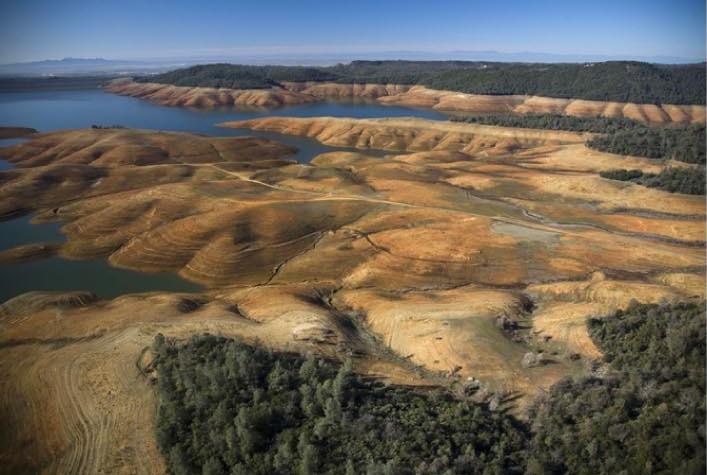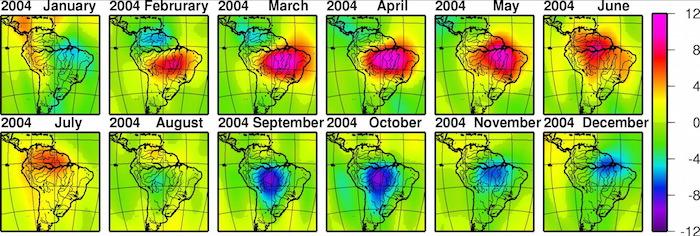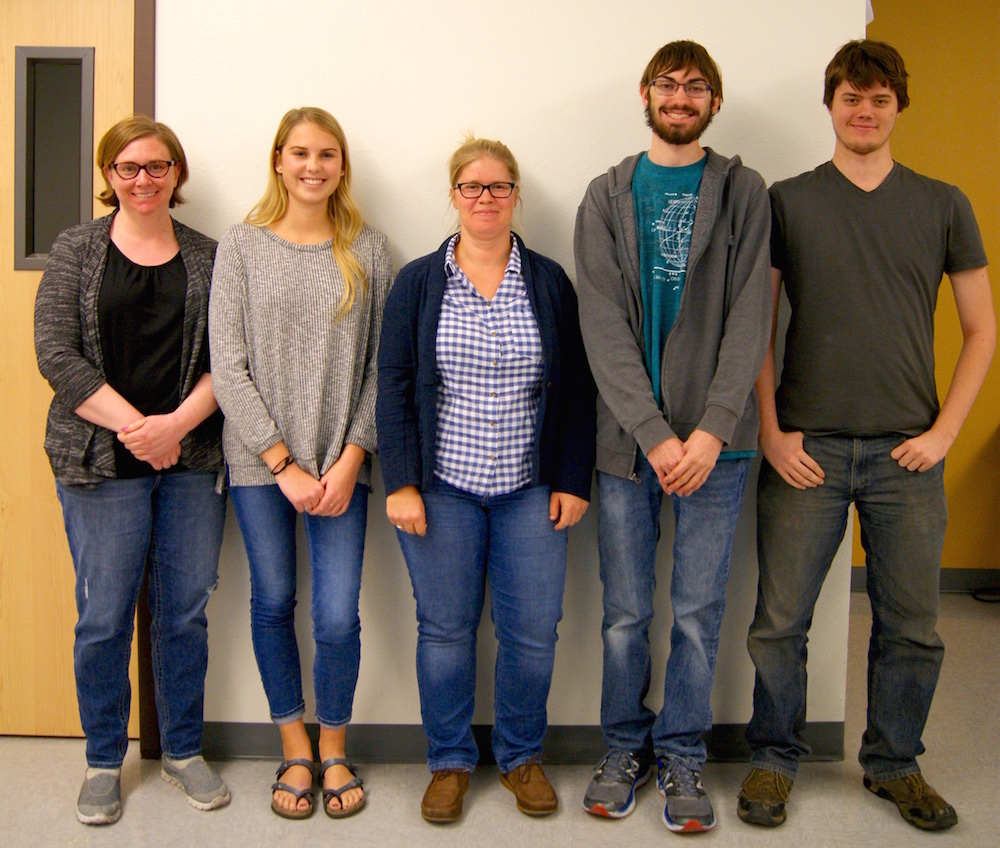Satellite Gravimetry & Applications
Fall 2017, Tuesday/Thursday, 10:30-11:45 am, STAUF A 241
Observations of the planetary gravity field enable the investigation of its interior and surface density distribution. Repeated gravity observations from orbit allows measuring redistributions of the planetary density over time, namely mass fluxes on the surface and subsurface. For the Earth, satellite gravimetric missions enable a continuous monitoring of mass transports in subsystems such as Hydrosphere, Oceans, Cryosphere, Solid Earth, and their feedback with global climate.
This course will concentrate on gravimetric satellite missions that map the gravity field associated with Earth and Moon. We will develop an understanding of scientific background, mission configuration, post- processing of global gravity fields and Earth science applications using the examples from recent and ongoing satellite missions. We will study on a variety of applications of satellite gravitmetry in Hydrology, Oceanography, Cryospheric and Solid Earth sciences. A focus will lie on the applications in Hydrology, hence, monitoring of changes in water resources from space. Of particular importance is the sensitivity of the mission to changes in groundwater.
Topics of the class will be: gravitational physics, satellite geodesy, Earth’s subsystems and their mass fluxes, climate change impacts, water resources and drought monitoring, sea level change, melting of ice caps. The class will be presented as a combination of lectures and seminars as well as two computer based exercises handling gravimetric satellite datasets.



Resources
Material, Fall 2016:
-
GRAIL material (Nov 7, 2016)
-
BBC Article (Nov 16, 2016)
Completed Classes
Fall 2016:
Fall 2017:
